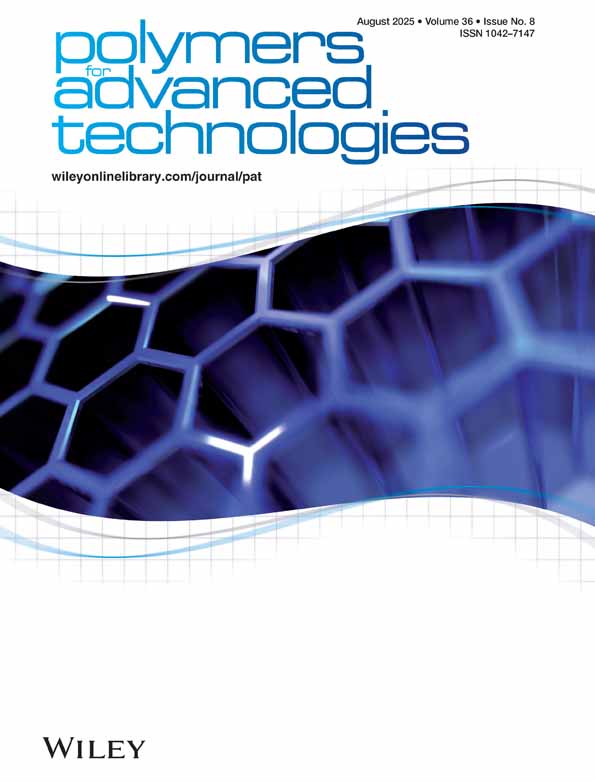Measuring internal electric fields in organic light-emitting diodes using electroabsorption spectroscopy
Abstract
A widely applicable electroabsorption technique to measure internal electric fields in organic light-emitting diodes is presented. The technique exploits the change in the a.c. electroabsorption response in the presence of a d.c. electric field. The electroabsorption signal is modulated at the fundamental frequency of the a.c. test signal, in addition to the usual modulation at the second harmonic frequency, when a d.c. bias is present.
In metal/organic film/metal devices employing different metal contacts there is a built-in electric field in the organic film caused by the difference in work function between the two contacts. The electroabsorption response at the fundamental frequency of the applied a.c. bias is measured as a function of an external d.c. bias. The electroabsorption signal is nulled when the applied d.c. bias cancels the built-in electric field established by the different metals. We apply this technique to measure changes in metal–polymer Schottky barrier heights as a function of the contact metal.
In metal/multiple organic films/metal structures the electroabsorption signals from the constituent organic films are identified spectroscopically and measured at both the fundamental and second harmonic frequency of the a.c. test signal. The amplitudes of the electroabsorption responses are then used to determine the a.c. and d.c. electric fields present in the organic layers. We apply this technique to determine the d.c. electric field distribution within a multi-layer organic light-emitting diode. These results highlight the general applicability of electroabsorption methods to probe internal electric fields in organic light-emitting diodes. © 1997 John Wiley & Sons, Ltd.




